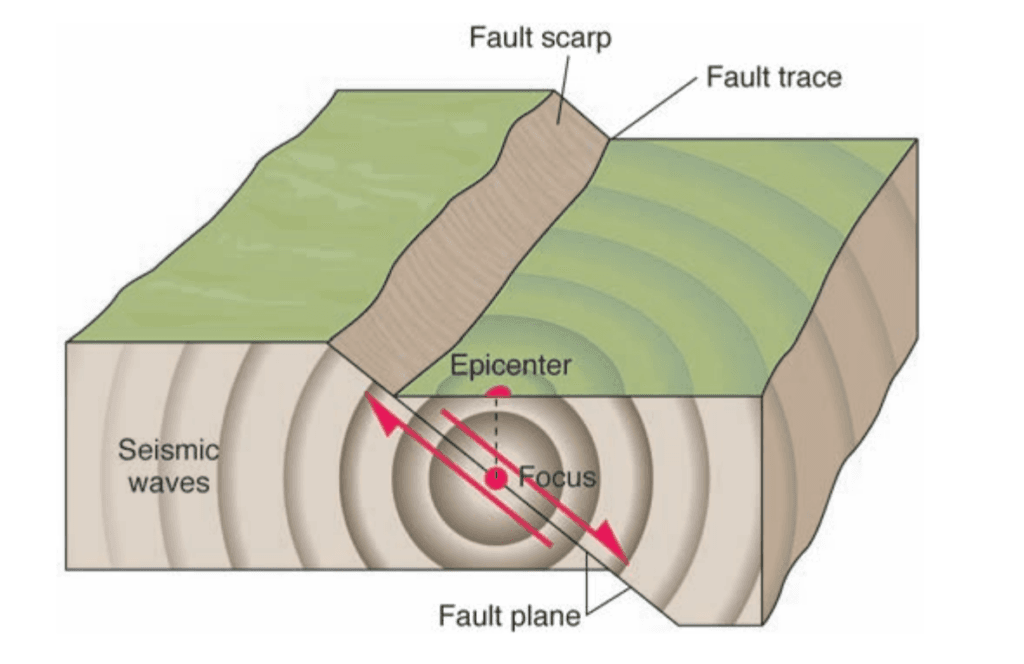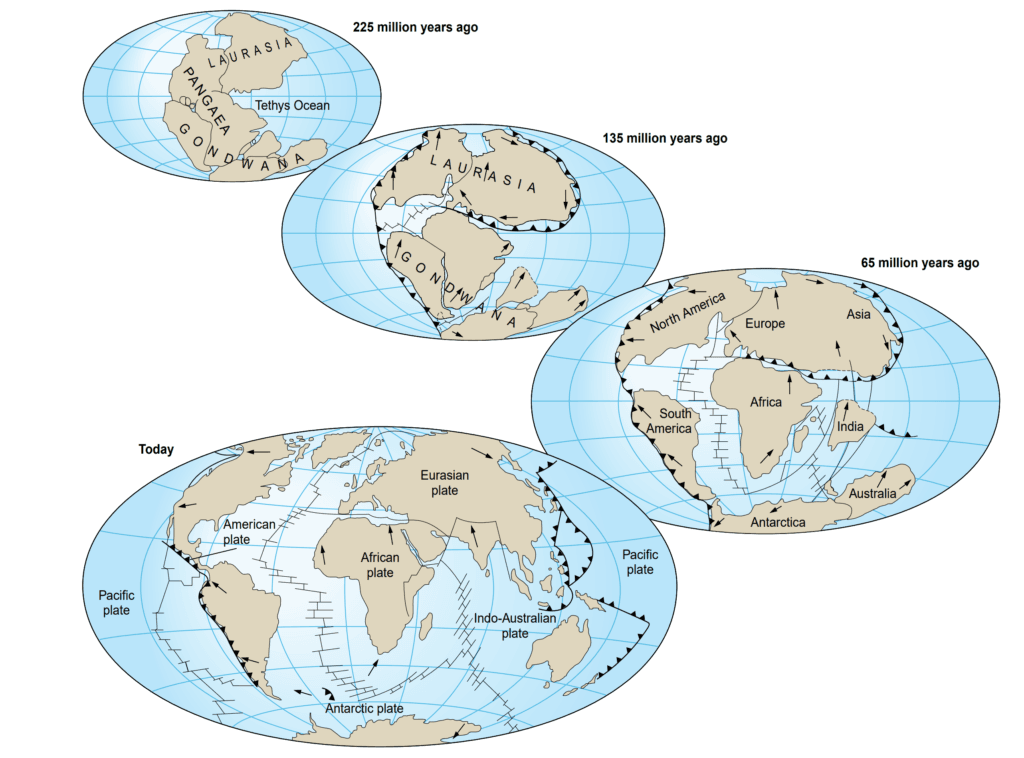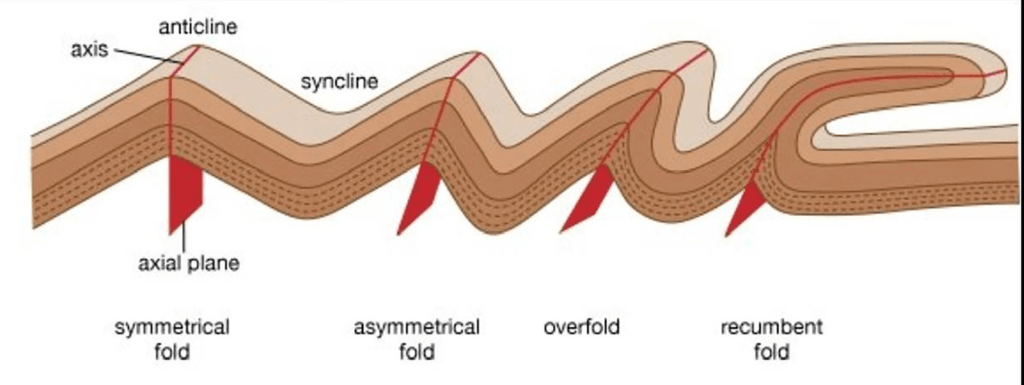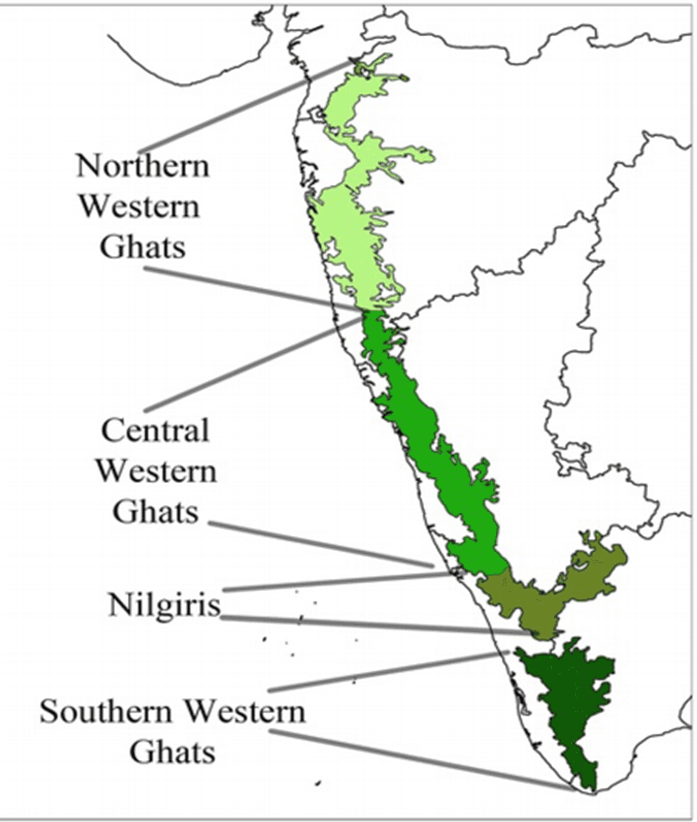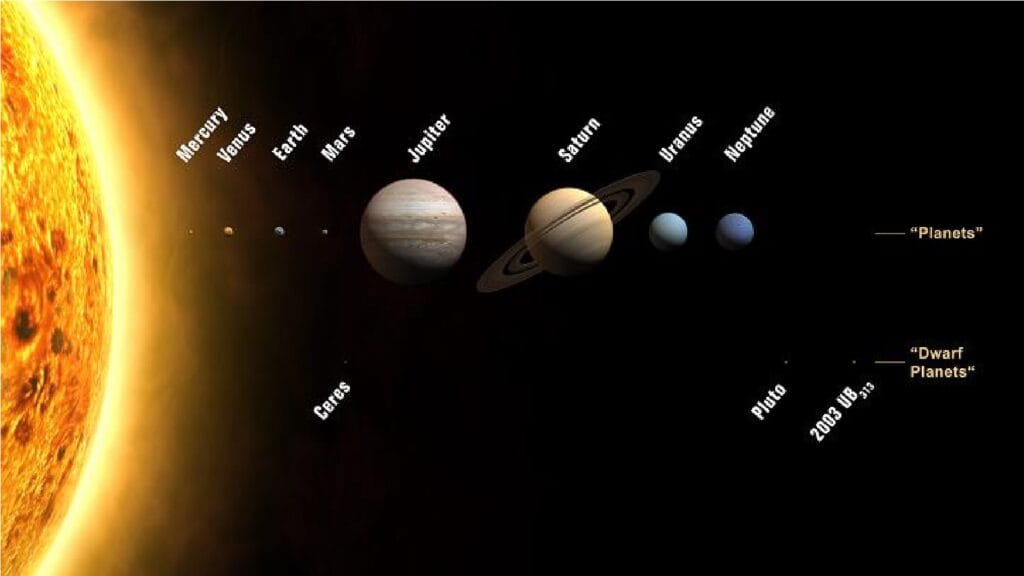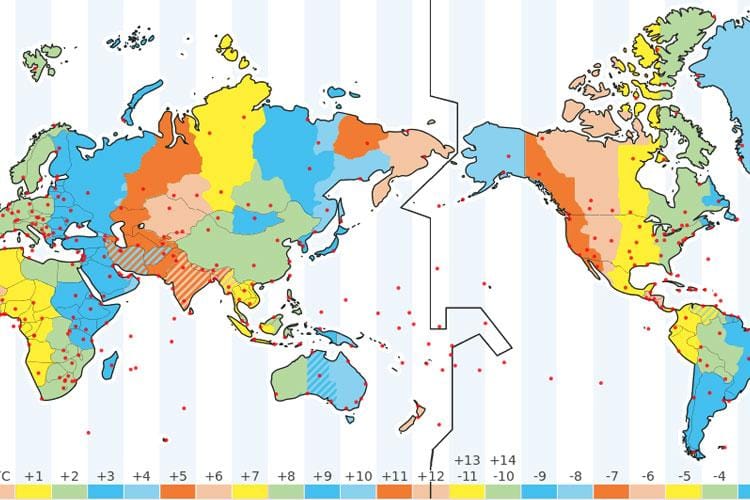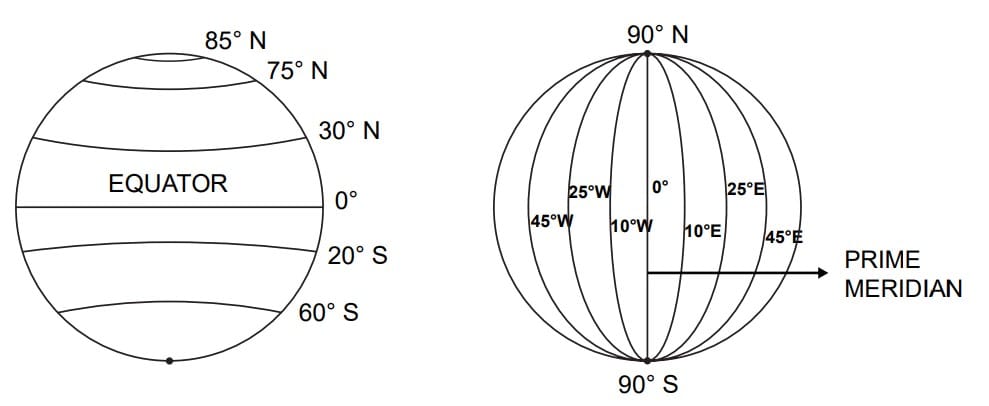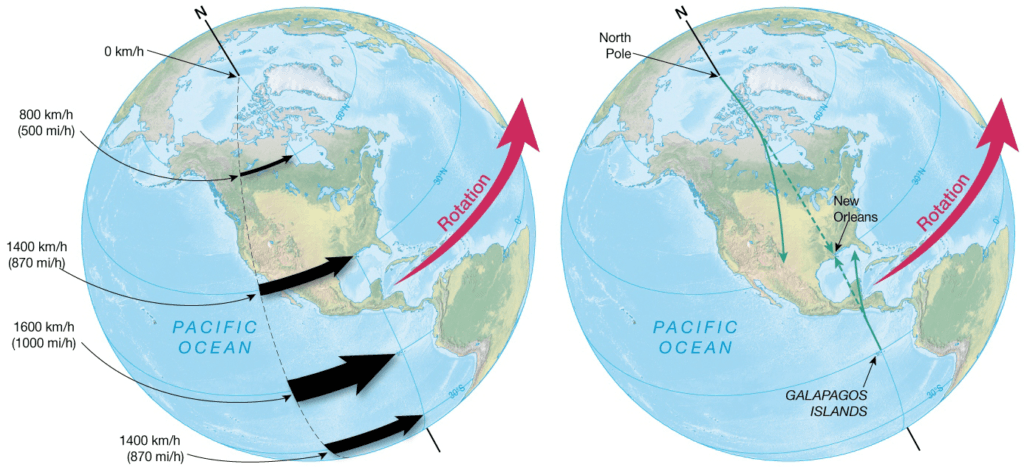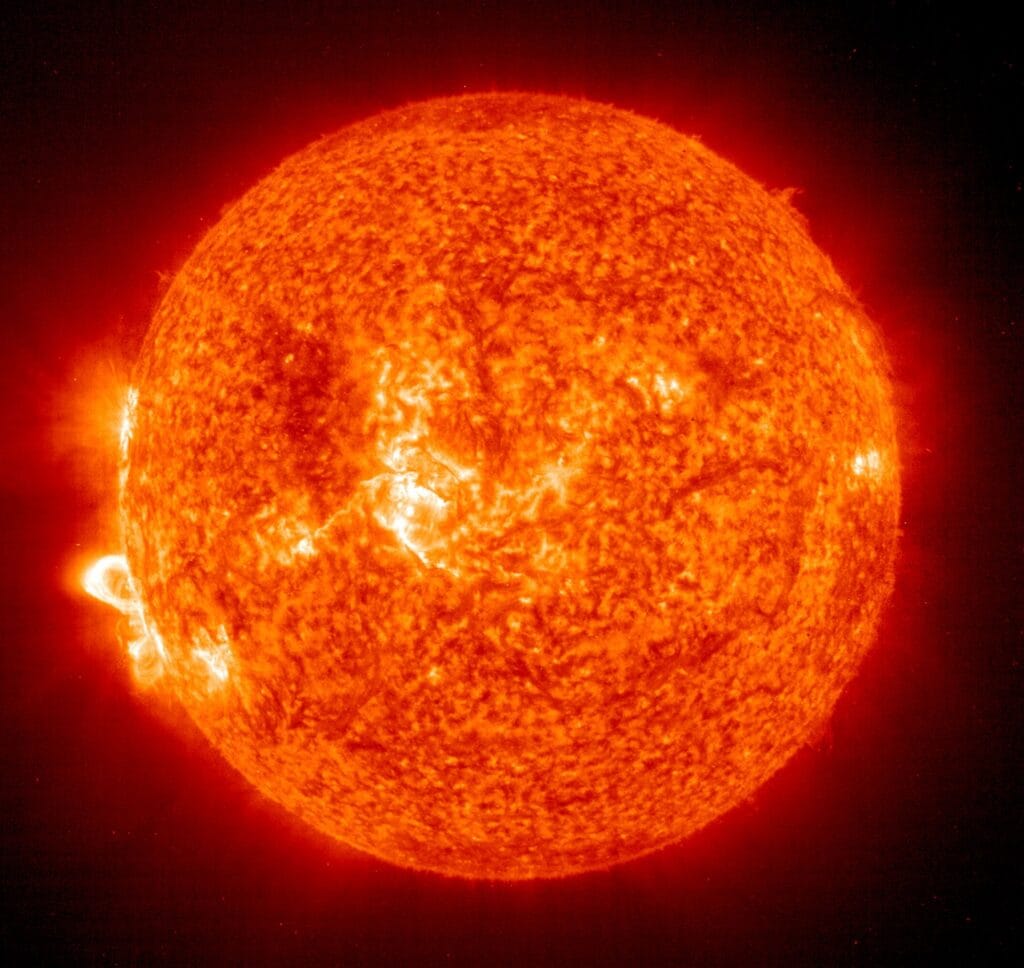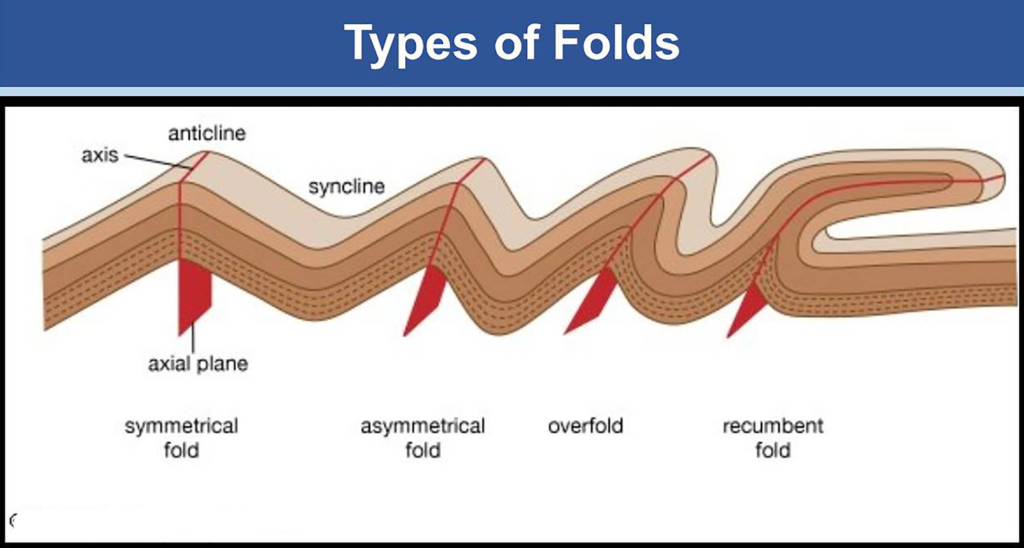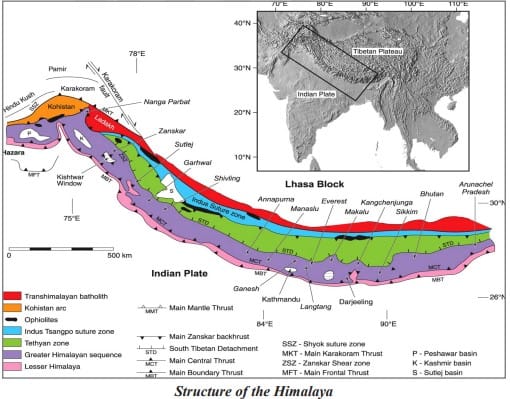ज्वालामुखी क्रिया एवं ज्वालामुखी से निर्मित स्थलाकृतियाँ (Volcanic Activities and Landforms)
ज्वालामुखीयता से आप क्या समझते हैं? पृथ्वी के आभ्यंतरिक अस्थिरता के परिणामस्वरूप उसकी सतह पर विभिन्न घटनाएँ घटित होती हैं। ये घटनाएँ सृजनात्मक और विनाशकारी दोनों स्वरूपों में देखी जाती हैं। ज्वालामुखी क्रिया एक अल्पकालिक लेकिन गंभीर विनाशकारी घटना होती है, वहीं इसका सृजनात्मक पक्ष भी अत्यंत महत्वपूर्ण माना जाता है। ज्वालामुखीयता (Vulcanicity), ज्वालामुखी विस्फोट […]


